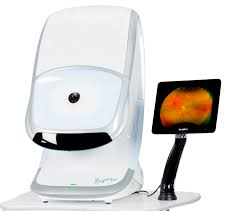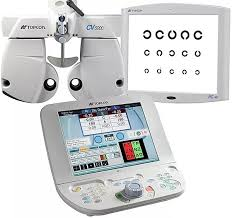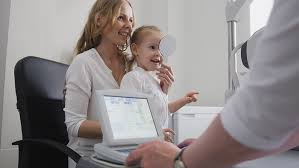Primary Care Exam
Technologically Advanced Eye Care using the latest technology to check your eye health and correct your vision.
Eye Health & Performance Evaluation
Primary Eye Care includes a comprehensive vision and eye health examination. This examination is designed to detect a wide range of problems affecting vision function. We evaluate visual acuity, eye muscle movements, coordination, balance, stereopsis and visual fields.
In addition, an eye health examination is performed using the latest in instrumentation and technology. This provides us with the most accurate measurements of eye pressure and best views of the internal and external eye structures in dilated or sometimes non-dilated eyes.

without Dilation
Diagnosis and treatment of eye diseases, including glaucoma and macular degeneration.

Prescriptions
Refining glasses and contact lens prescriptions through the latest technology

Our doctors are fellowship trained through COVD and NORA in advanced functions of the vision’s binocular system.
Vision Requirements for Pilots
- 20/20 distant vision in each eye
- 20/40 near vision in each eye
- 20/40 intermediate vision in each eye
Color Vision
If you want a pilot license, colorblindness or color deficiency is less defined. There are scenarios where certain color deficiencies are permissible. However, the FAA requires you to have good enough color vision to identify important things like aircraft position lights, airport beacons, chart symbols, and more. You need a more thorough color vision test to ensure that you can safely carry out your pilot duties.
Military pilots have even stricter vision requirements than commercial airline pilots. These requirements vary slightly depending on the branch of the military. The Air Force requires pilots to have no less than 20/70 vision in each eye, correctable to 20/20. As of 2007, aspiring military pilots who have had PRK or LASIK eye surgery are no longer immediately disqualified from flight school. This change has made flying for the military a much more accessible career option.
Make your appointment today with either Dr. Sheryl Lentfer or Dr. Laura Sifferman Kompkoff.
